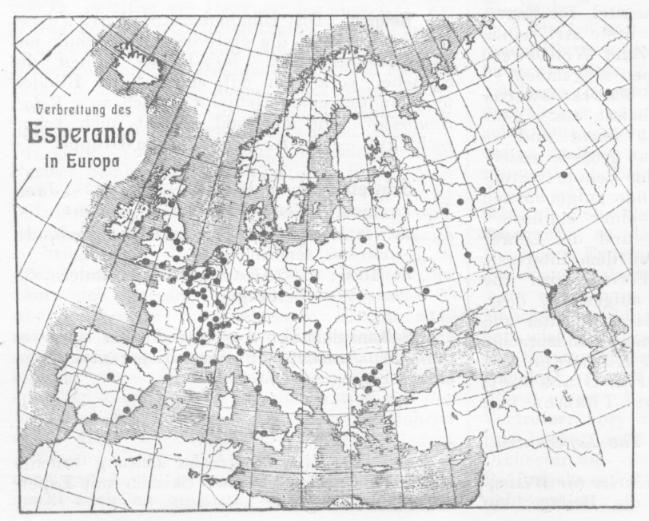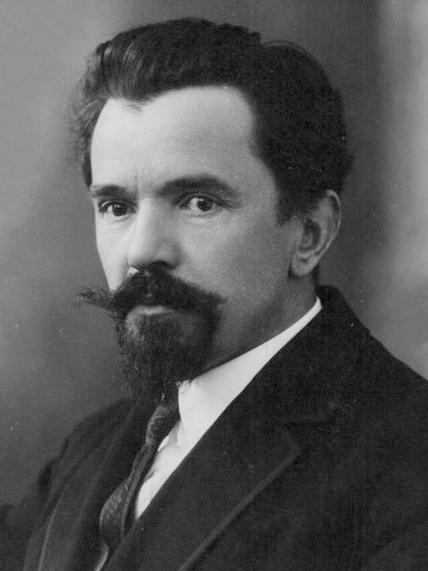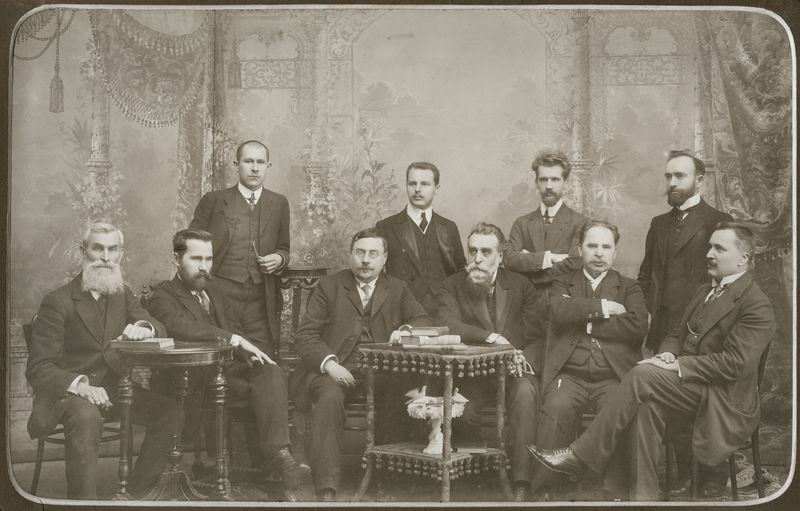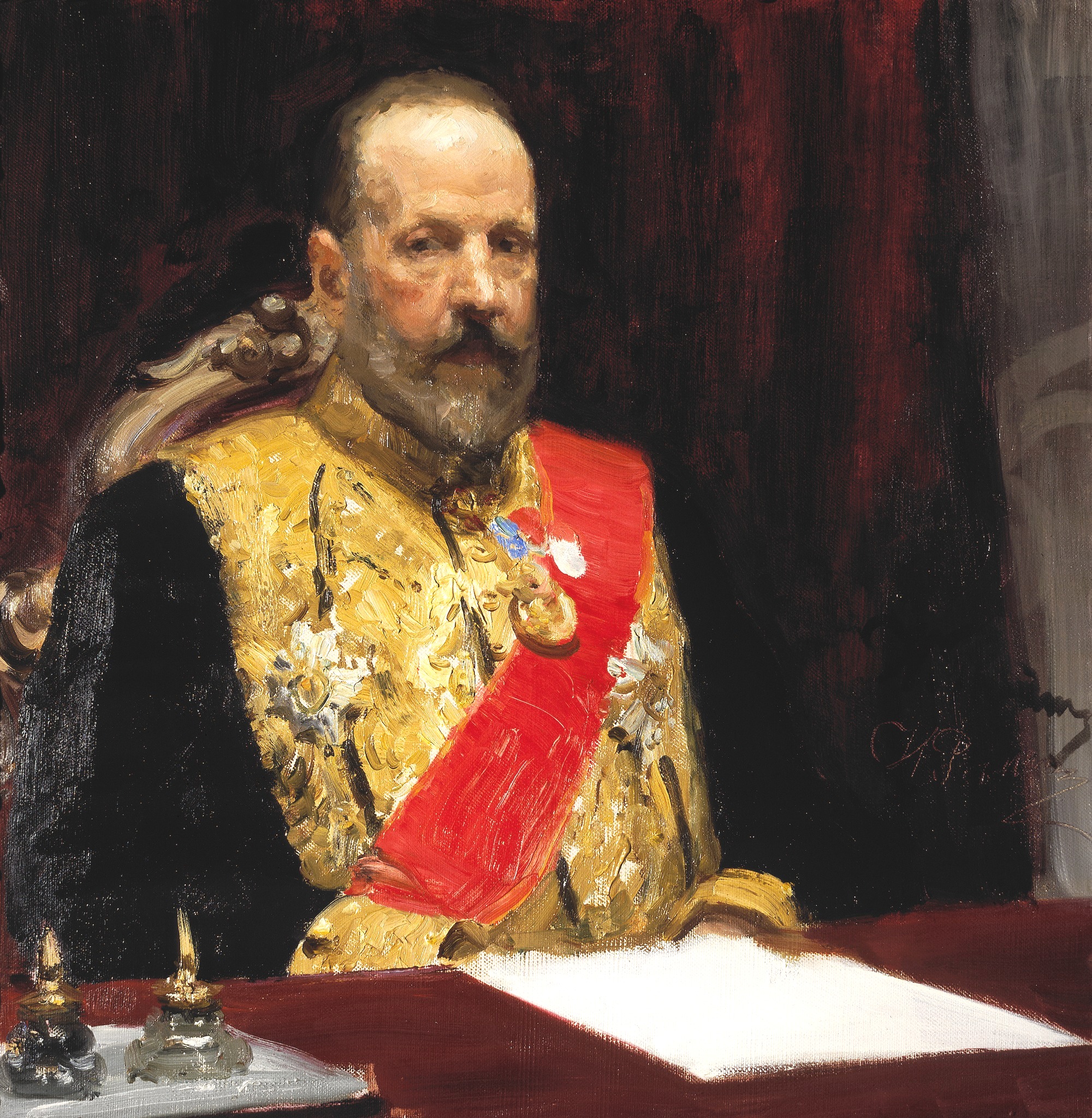|
≈Ýaltinis
''≈Ýaltinis'' (literally: stream, source) was a Lithuanian-language weekly newspaper published in Sejny, then part of Congress Poland. It was an illustrated Catholic publication supported by the Lithuanian clergy and the professors and clerics at the Sejny Priest Seminary. The content focused on news, practical advice, and educational articles. It was the most popular Lithuanian periodical with circulation reaching 15,000 copies in 1914. The weekly supplement, ''≈Ýaltinƒólis,'' became the first Lithuanian periodical dedicated to children. First published in March 1906, the paper was discontinued in August 1915 due to World War I. It was resurrected twice: in 1926‚Äì1940 in Marijampolƒó and in 1961‚Äì1998 in Nottingham (United Kingdom) and Panevƒó≈æys. History When the Lithuanian press ban was lifted in 1904, Kazimieras Prapuolenis petitioned the Tsarist government for a permit to publish ''≈Ýaltinis''. He initially wanted to publish the periodical in Vilnius, but eventually s ... [...More Info...] [...Related Items...] OR: [Wikipedia] [Google] [Baidu] |
Mečislovas Davainis-Silvestraitis
Mečislovas Davainis-Silvestraitis (; 20 April 1849 – 31 May 1919) was a Lithuanian activist during the Lithuanian National Revival best known for his collection of Lithuanian folklore. Born to a family of petty Lithuanian nobles in Samogitia, Davainis-Silvestraitis was proud of his heritage. However, he showed little interest in working the inherited manor and accumulated debts. Having completed only three years of secondary education, he was interested in Lithuanian history, culture, and folklore. He collected about 700 folk tales, 250 folk songs, 500 short folklore sayings, 600 spells, 1,000 descriptions of folk medicine and medicinal herbs – most of which was collected in 1883–1890 in the area around Raseiniai. With the help of Jonas Basanavičius, he published a booklet with ten tales and five songs in 1889 and a collection of 159 folk remedies in 1898. With the help of , he published two volumes of Lithuanian folk tales translated into Polish in 1894. His work helped to ... [...More Info...] [...Related Items...] OR: [Wikipedia] [Google] [Baidu] |
Sejny
Sejny ( lt, Seinai) is a town in north-eastern Poland and the capital of Sejny County, in Podlaskie Voivodeship, close to the northern border with Lithuania and Belarus. It is located in the eastern part of the Suwałki Lake Area ( pl, Pojezierze Suwalskie), on the Marycha river (''Seina'' in Lithuanian for which the town was named), being a tributary of the Czarna Hańcza. As of 1999 it had almost 6,500 permanent inhabitants, with a strong seasonal increase during the tourist season. Etymology According to a legend, the town of Sejny was started by three of the old knights of King of Poland Władysław II Jagiełło, who after the Battle of Grunwald granted them a land parcel in what is now Sejny. The three were very old and named the settlement ''Seni'', which is a Lithuanian word for ''Old Men''. The name was purportedly given to the city of Sejny. However, no archaeological findings or documents support this legend. The name is Yotvingian in origin. The linguist Jerzy N ... [...More Info...] [...Related Items...] OR: [Wikipedia] [Google] [Baidu] |
Esperanto
Esperanto ( or ) is the world's most widely spoken constructed international auxiliary language. Created by the Warsaw-based ophthalmologist L. L. Zamenhof in 1887, it was intended to be a universal second language for international communication, or "the international language" (). Zamenhof first described the language in '' Dr. Esperanto's International Language'' (), which he published under the pseudonym . Early adopters of the language liked the name ''Esperanto'' and soon used it to describe his language. The word translates into English as "one who hopes". Within the range of constructed languages, Esperanto occupies a middle ground between "naturalistic" (imitating existing natural languages) and ''a'priori'' (where features are not based on existing languages). Esperanto's vocabulary, syntax and semantics derive predominantly from languages of the Indo-European group. The vocabulary derives primarily from Romance languages, with substantial contributions from Ge ... [...More Info...] [...Related Items...] OR: [Wikipedia] [Google] [Baidu] |
Sofija Pšibiliauskienė
Sofija Pšibiliauskienė ''née'' Ivanauskaitė ( pl, Zofia Przybylewska, née Iwanowska; September 16, 1867 in Paragiai, Shavelsky Uyezd, Kovno Governorate – March 15, 1926 in Paragiai) and Marija Lastauskienė were two Lithuanian sister writers of Polish origin, using the same pen name '' Lazdynų Pelėda'' (''Hazel Owl''). Biography Pšibiliauskienė was born to an impractical painter of Polish–Lithuanian nobility stock. Pšibiliauskienė did not have formal education and self-educated reading various sentimental novels by Polish authors. In 1891, she married their neighbor landowner Rapolas Pšibiliauskas ( pl, Rafał Przybylewski), but the marriage was not happy. In 1903, with two small children, Pšibiliauskienė moved out to Vilnius. She took random jobs as a bookstore saleswoman, seamstress, pharmacy assistant, but still barely managed to avoid poverty. In 1914, she moved to Kaunas, where she fell ill with tuberculosis. She then returned to her childhood home in Par ... [...More Info...] [...Related Items...] OR: [Wikipedia] [Google] [Baidu] |
Justinas Bonavent≈´ra Pranaitis
Justinas Bonaventura Pranaitis or Pronaitis''Scapegoat on Trial: The Story of Mendel Beilis - The Autobiography of Mendel Beilis the Defendant in the Notorious 1912 Blood Libel in Kiev'', Beilis, Mendel, Introd. & Ed. By Shari Schwartz, CIS, New York, 1992 (russian: Иустин Бонавенту́ра Пранайтис; 27 July 1861 – 28 January 1917) was a Lithuanian Catholic priest and Professor of Hebrew at the St. Petersburg Roman Catholic Theological Academy. He is best known as the author of the antisemitic text ''The Talmud Unmasked'', and his subsequent involvement in the Bellis trial. Early life and career Pranaitis was born to a peasant family in Griškabūdis, Lithuania, then part of the Russian Empire, and was schooled at the Marijampolė Gymnasium. He attended the Sejny Priest Seminary and graduated with a Master of Theology degree in 1887. In 1892 he published an antisemitic tract called ''Christianus in Talmude Iudaeorum'' in Latin , adapted from his Master's ... [...More Info...] [...Related Items...] OR: [Wikipedia] [Google] [Baidu] |
Marija Pečkauskaitė
Marija is a feminine given name, a variation of the name Maria, which was in turn a Latin form of the Greek names Μαριαμ, or Mariam, and Μαρια, or Maria, found in the New Testament. Depending on phonological rules concerning consecutive vowels or the use of the palatal approximant, "Mary" in these languages is ''Marija'' if consecutive vowels are disallowed and otherwise ''Maria''. Marija is the most common female name in Croatia. The name Marija was the most common feminine given name until 1969. The male equivalents are Marijan, Marijo and Mario. Notable people with the name include: * Marija Agbaba, Serbian handball player * Marija Bankauskaitė, Lithuanian ceramics artist * Marija Bursać, Bosnian Serb Yugoslav resistance fighter * Marija Čolić, Serbian handball player * Marija Ćirović, Montenegrin model * Marija Dūdienė, Lithuanian painter * Marija Gimbutas, Lithuanian-American archaeologist * Marija Gluvakov, Serbian pianist * Marija Jovanović, Mon ... [...More Info...] [...Related Items...] OR: [Wikipedia] [Google] [Baidu] |
Mykolas Krupavičius
Mykolas Krupavičius (1 October 1885, Balbieriškis, Lithuania – 4 December 1970, Chicago, U.S.) was a Lithuanian priest and politician. He is best known for his involvement with the land reform in the interwar Lithuania. In 1900 Krupavičius enrolled into the Veiveriai Teachers' Seminary. He showed interest in politics from early days: during the Russian Revolution of 1905 he was arrested twice. After graduation in 1905, he worked as a teacher in the Łomża Governorate and in Papilė. In 1908 Krupavičius began his theological studies at the Sejny Priest Seminary and continued them at the Saint Petersburg Roman Catholic Theological Academy. He was ordained into the priesthood in June 1914. After graduation in 1917, he worked as a chaplain at a Lithuanian school in Voronezh. At the same time he got involved with the Lithuanian Christian Democratic Party and was sentenced to death by the Bolshevik revolutionary court. Krupavičius escaped the arrest and returned to Lithua ... [...More Info...] [...Related Items...] OR: [Wikipedia] [Google] [Baidu] |
Juozas Balčikonis
Juozas Balčikonis (24 March 1885 in Ėriškiai, Panevėžys District Р5 February 1969 in Vilnius) was a Lithuanian linguist and teacher, who contributed to the standardization of the Lithuanian language Lithuanian ( ) is an Eastern Baltic language belonging to the Baltic branch of the Indo-European language family. It is the official language of Lithuania and one of the official languages of the European Union. There are about 2.8 mill .... References 1885 births 1969 deaths 20th-century linguists 20th-century Lithuanian educators People from Panevėžys County Linguists from Lithuania Lithuanian lexicographers 20th-century lexicographers Recipients of the Order of the Red Banner of Labour Lithuanian schoolteachers {{Lithuania-linguist-stub ... [...More Info...] [...Related Items...] OR: [Wikipedia] [Google] [Baidu] |
Pope Pius X
Pope Pius X ( it, Pio X; born Giuseppe Melchiorre Sarto; 2 June 1835 – 20 August 1914) was head of the Catholic Church from 4 August 1903 to his death in August 1914. Pius X is known for vigorously opposing modernist interpretations of Catholic doctrine, and for promoting liturgical reforms and scholastic theology. He initiated the preparation of the 1917 Code of Canon Law, the first comprehensive and systemic work of its kind. He is venerated as a saint in the Catholic Church and is the namesake of the traditionalist Catholic Priestly Fraternity of Saint Pius X. Pius X was devoted to the Blessed Virgin Mary under the title of Our Lady of Confidence; while his papal encyclical '' Ad diem illum'' took on a sense of renewal that was reflected in the motto of his pontificate. He advanced the Liturgical Movement by formulating the principle of ''participatio actuosa'' (active participation of the faithful) in his motu proprio, ''Tra le sollecitudini'' (1903). He encouraged ... [...More Info...] [...Related Items...] OR: [Wikipedia] [Google] [Baidu] |
Lietuvos ≈´kininkas
''Lietuvos ūkininkas'' (literally: ''Lithuanian farmer'') was a weekly Lithuanian-language newspaper published between 1905 and 1940. It was published by and reflected the political views of the Lithuanian Democratic Party, Peasant Union, and Lithuanian Peasant Popular Union. Its printing and daily operations were managed by its long-time publisher Felicija Bortkevičienė. It was a liberal publication geared towards the wider audience of less educated farmers and peasants. In 1933, its circulation was 15,000 copies. When Lithuania was occupied by the Soviet Union in 1940, the newspaper was nationalized and replaced by '' Valstiečių laikraštis''. History Aster the end of the Lithuanian press ban in 1904, Jonas Vileišis started organizing a replacement publication for ''Ūkininkas'', monthly newspaper published in East Prussia. The first issue appeared in Vilnius on 14 December 1905, after the Great Seimas of Vilnius. The first two issues were edited by Povilas Višinskis (thou ... [...More Info...] [...Related Items...] OR: [Wikipedia] [Google] [Baidu] |
Łomża
Łomża (), in English known as Lomza, is a city in north-eastern Poland, approximately 150 kilometers (90 miles) to the north-east of Warsaw and west of Białystok. It is situated alongside the Narew river as part of the Podlaskie Voivodeship since 1999. Previously, it was the capital of the Łomża Voivodeship from 1975 to 1998. It is the capital of Łomża County and has been the seat of the Roman Catholic Diocese of Łomża since 1925. Łomża is one of the principal economic, educational, and cultural centres of north-eastern Masovia as well as one of the three main cities of Podlaskie Voivodeship (beside Białystok and Suwałki). It lends its name to the protected area of Łomża Landscape Park. The town is also the location of the Łomża Brewery. History Łomża was founded in the 10th century, on the site of the present day village called Stara Łomża (''Old Łomża''). It was first mentioned in official records in the 14th century. Łomża received its municipal r ... [...More Info...] [...Related Items...] OR: [Wikipedia] [Google] [Baidu] |
State Duma (Russian Empire)
The State Duma, also known as the Imperial Duma, was the lower house of the Governing Senate in the Russian Empire, while the upper house was the State Council. It held its meetings in the Taurida Palace in St. Petersburg. It convened four times between 27 April 1906 and the collapse of the Empire in February 1917. The first and the second dumas were more democratic and represented a greater number of national types than their successors. The third duma was dominated by gentry, landowners and businessmen. The fourth duma held five sessions; it existed until 2 March 1917, and was formally dissolved on 6 October 1917. History Coming under pressure from the Russian Revolution of 1905, on August 6, 1905 (O.S.), Sergei Witte (appointed by Nicholas II to manage peace negotiations with Japan after the Russo-Japanese War of 1904–1905) issued a manifesto about the convocation of the Duma, initially thought to be a purely advisory body, the so-called Bulygin-Duma. In the subsequent ... [...More Info...] [...Related Items...] OR: [Wikipedia] [Google] [Baidu] |
.jpeg)





